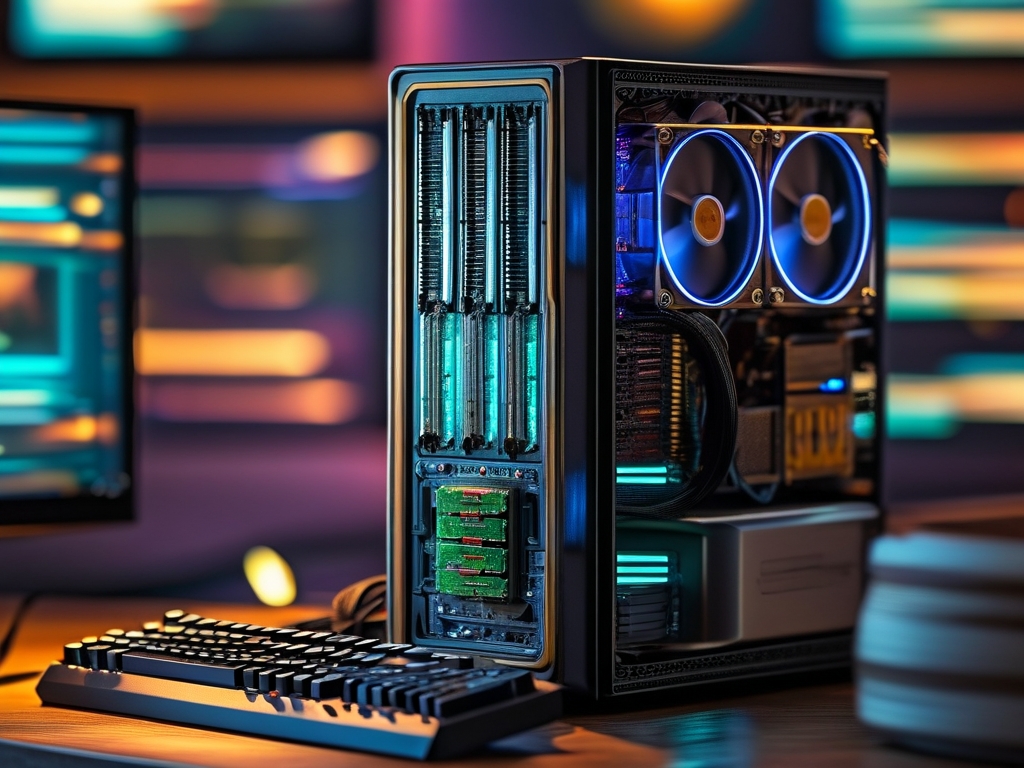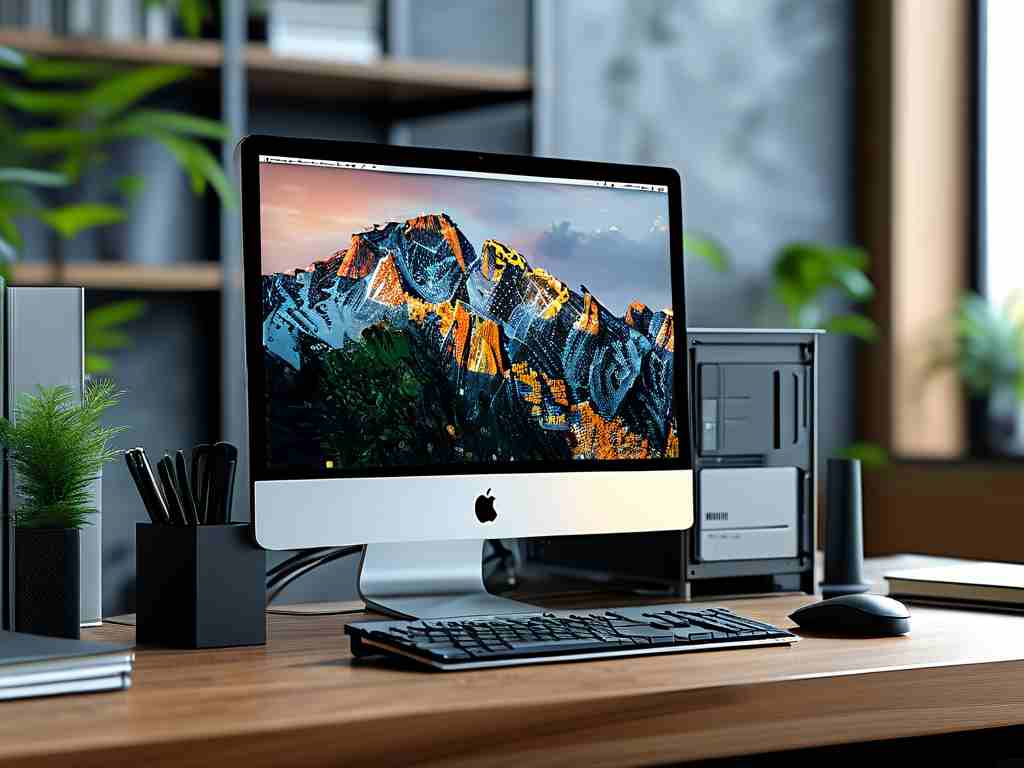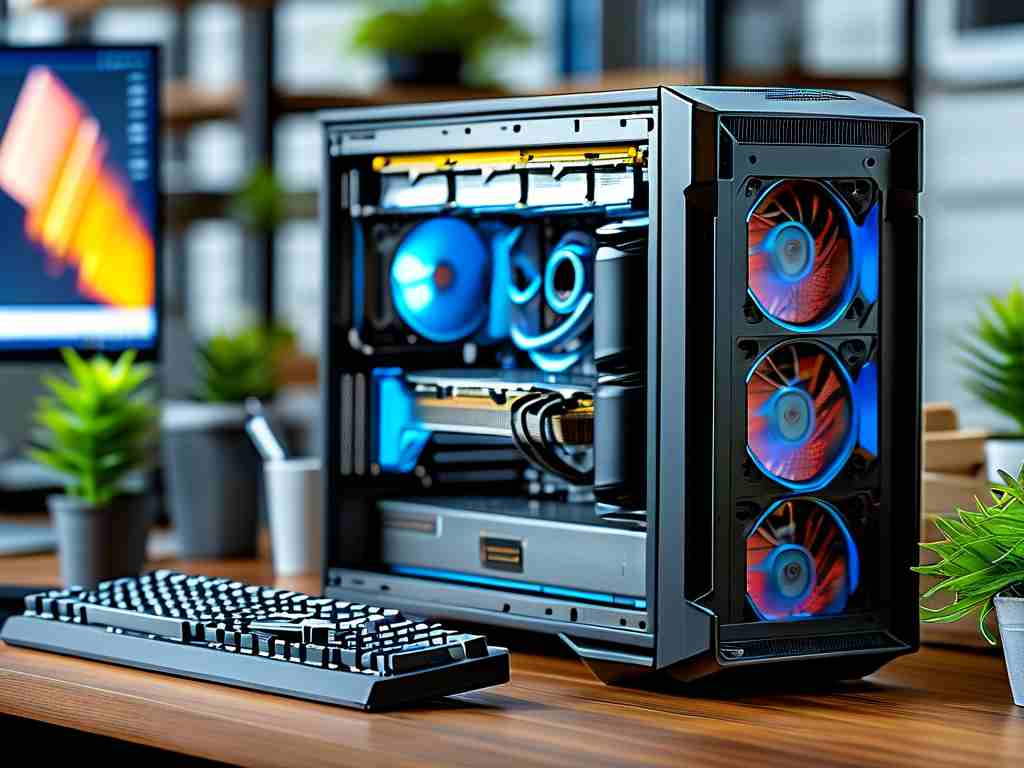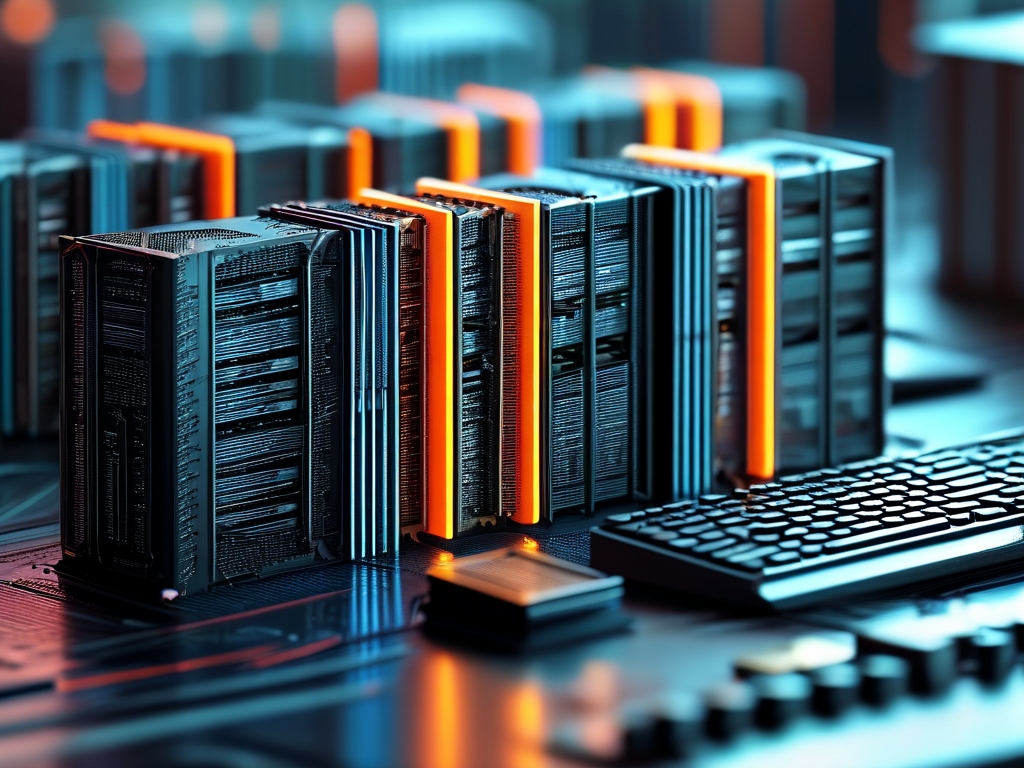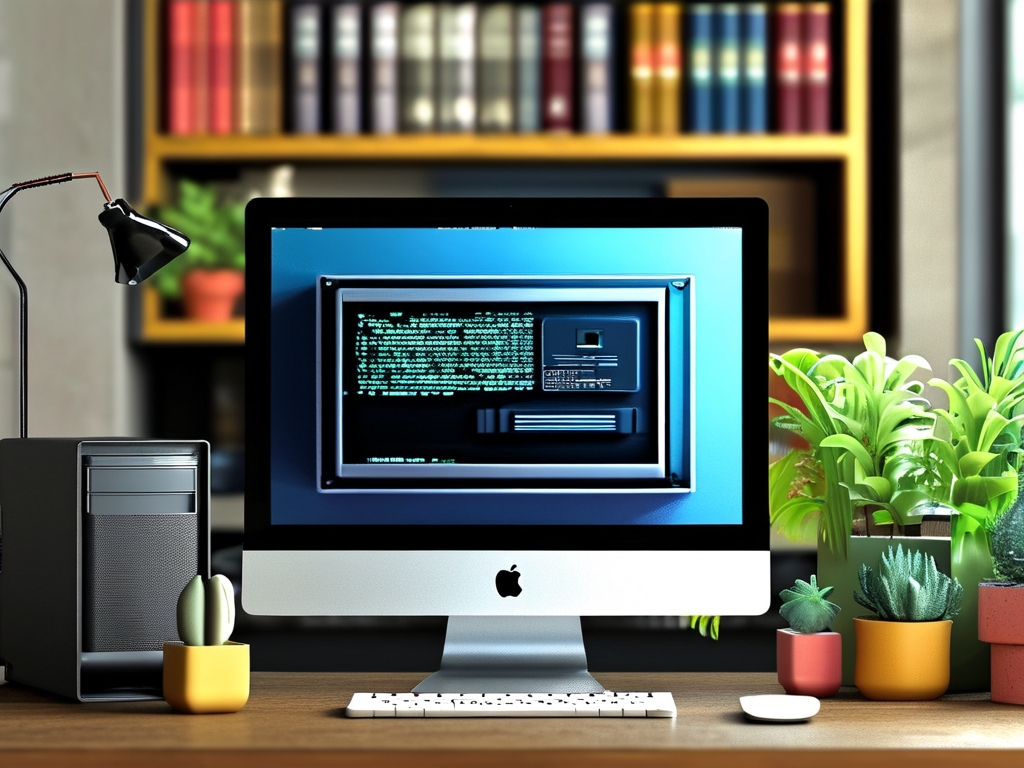Computer primary memory, often referred to as main memory, is a critical component that enables a computer to function efficiently by temporarily storing data and instructions required by the CPU (Central Processing Unit). Unlike secondary storage devices such as hard drives or SSDs, primary memory is volatile or non-volatile, depending on its type, and directly accessible by the processor. This article explores the key components of computer primary memory, their roles, and how they interact within a computing system.
1. Random Access Memory (RAM)
RAM is the most well-known form of primary memory. It is volatile, meaning it loses stored data when the power is turned off. RAM serves as a temporary workspace for the CPU, holding data and instructions for active applications and the operating system. There are two main types of RAM:
-
Dynamic RAM (DRAM):
DRAM stores each bit of data in a separate capacitor within an integrated circuit. Since capacitors leak charge over time, DRAM requires periodic refreshing to maintain data integrity. This makes DRAM slower compared to other memory types, but it is cost-effective and widely used in personal computers and servers. Modern variants include DDR4 and DDR5 (Double Data Rate), which improve data transfer speeds. -
Static RAM (SRAM):
SRAM uses flip-flop circuits to store data, eliminating the need for constant refreshing. This makes SRAM faster and more power-efficient than DRAM. However, its complex structure results in higher costs and lower density. SRAM is typically used in CPU cache memory, where speed is prioritized over capacity.
2. Read-Only Memory (ROM)
ROM is non-volatile memory that retains data even when the power is off. It stores firmware and critical system instructions, such as the BIOS (Basic Input/Output System), which initializes hardware during boot-up. Key types of ROM include:
-
Mask ROM:
Data is permanently written during manufacturing. It cannot be modified, making it ideal for stable, mass-produced systems. -
Programmable ROM (PROM):
Users can write data once using a special device. PROM is used for prototyping or small-scale production. -
Erasable PROM (EPROM):
EPROM can be erased using ultraviolet light and reprogrammed. It is useful for firmware updates in legacy systems.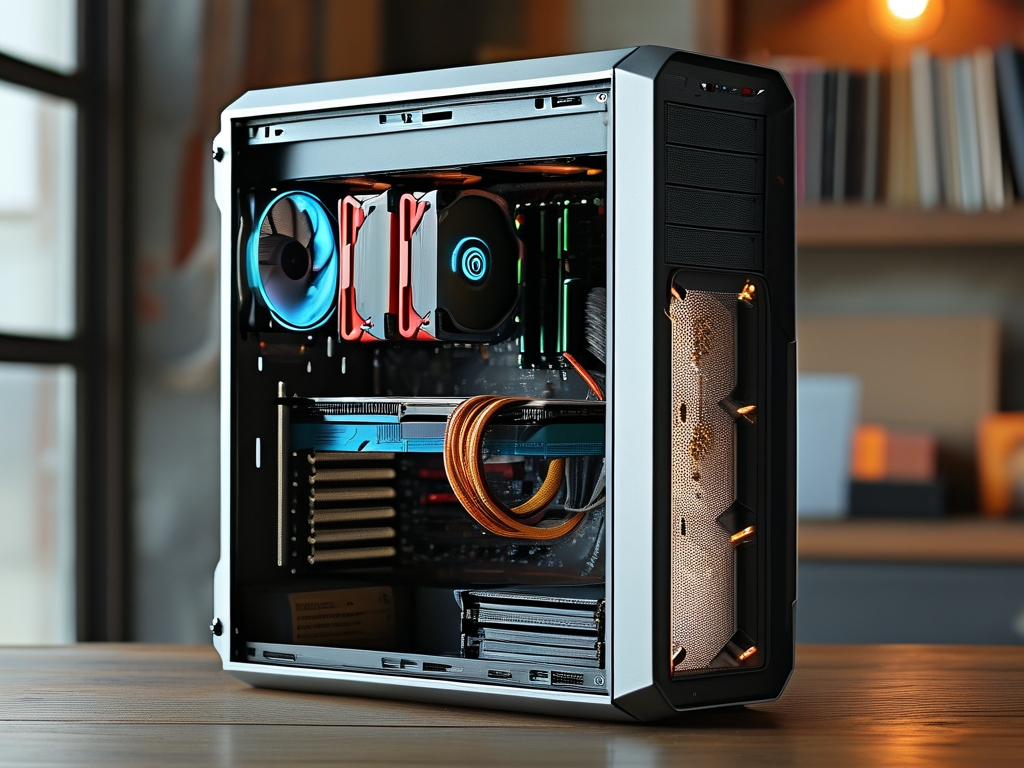
-
Electrically Erasable PROM (EEPROM):
EEPROM allows data modification via electrical signals, enabling in-circuit updates. Modern computers use EEPROM derivatives like flash memory for UEFI firmware.
3. Hybrid Memory: Flash Memory
Flash memory bridges the gap between RAM and ROM. It is non-volatile, like ROM, but allows rewrites, albeit with limitations on write cycles. NAND flash memory, used in SSDs and USB drives, is optimized for high density and endurance. NOR flash, used in embedded systems, supports faster read operations.
4. Cache Memory
Cache memory is a small, ultra-fast SRAM layer between the CPU and RAM. It reduces latency by storing frequently accessed data. Modern CPUs feature multi-level caches (L1, L2, L3), with L1 being the fastest but smallest.
5. Virtual Memory
While not physical memory, virtual memory extends RAM capacity by using disk space as temporary storage. The Memory Management Unit (MMU) maps virtual addresses to physical addresses, allowing systems to run larger applications than RAM alone could support.
6. Emerging Technologies
- Non-Volatile RAM (NVRAM):
Technologies like Intel’s Optane use 3D XPoint to combine RAM-like speed with non-volatility. - Resistive RAM (ReRAM):
ReRAM promises higher density and lower power consumption, potentially revolutionizing future memory architectures.
Computer primary memory is a diverse ecosystem of components, each tailored to specific roles. RAM provides volatile, high-speed storage for active tasks, while ROM ensures critical instructions persist. Hybrid and emerging technologies continue to push the boundaries of speed, efficiency, and capacity. Understanding these components is essential for optimizing system performance and appreciating the engineering behind modern computing.
